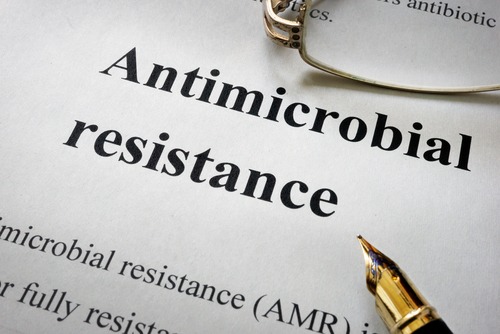
The World Health Organization (WHO) gained more than 3 million lab-confirmed infection case reports in response — a record figure — in response to a call issued last year for input into the Global Antimicrobial Resistance and Use Surveillance System (GLASS).
These country-by-country reports revealed bloodstream infections caused by E. coli, along with resistance to third-generation cephalosporins and antimicrobial resistant Staphylococcus aureus (MRSA), in high numbers. Both are Antimicrobial Resistance (AMR) Sustainable Development Goal indicators and showed that such resistance was higher in low and middle-income countries (LMICs) than in richer countries.
The consensus from WHO was that this could be particularly troublesome for nations with limited access to modern antibiotics effective against such infections.
“The volume of AMR infections is alarming,” Dr. Hanan Balkhy, Assistant Director General at WHO, said. “However, it is encouraging to see that despite the ongoing challenges of COVID-19, more countries are reporting in on AMR. Five years ago, when we ran WHO’s first AMR surveillance report, there were only 700 surveillance sites. Now, considering also the countries that reported after the GLASS data call due to COVID-19, there are 74 000. The more information we have, the better placed we are to tackle this increasingly serious health threat.”
At the end of the day, WHO says still more research is needed. Currently, reports indicate a high percentage of resistance to commonly used antibiotic treatments for urinary tract infections and gonorrhea, in particular. Resistance is also growing to last-resort antibiotics for bloodstream infections caused by common hospital pathogens, as well as certain enterobacteria. In other words, the threat posed by antimicrobial resistance is growing at large.
Of the 109 countries or territories participating in the GLASS program, 107 reported AMR in clinical samples. However, only 19 currently measure antimicrobial consumption or the quantity of antimicrobials used in a setting over a given time period. The latter, WHO contended, will be critical to identifying those items pushing the growth of AMR.
AMR occurs when bacteria, viruses, fungi, and parasites evolve and cease to respond to medicines, reducing their efficacy and increasing the potential danger of spreading disease, severe illness, and death. Often, this is caused by the misuse and over-use of antimicrobial drugs. GLASS offers a standardized approach for the c

